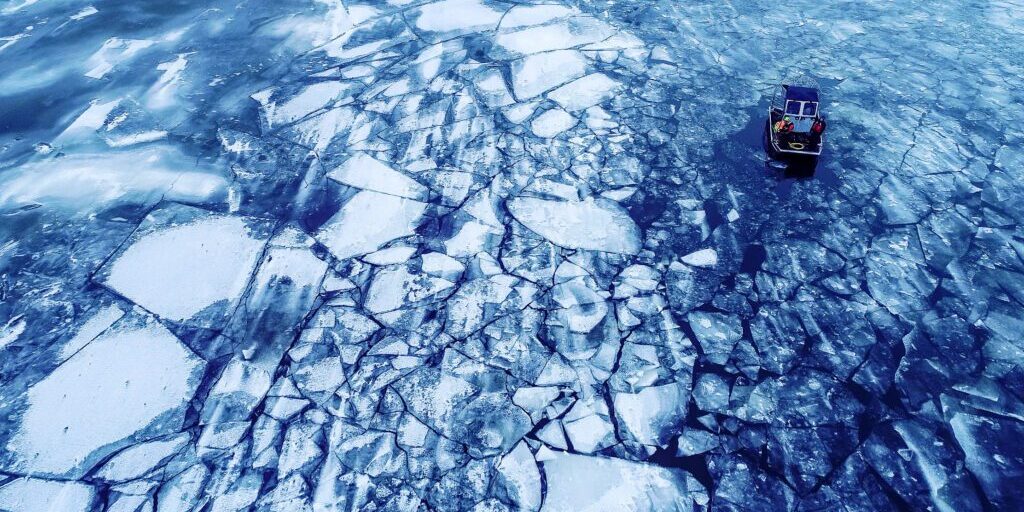White Mountain Search and Rescue Team successfully rescued an overdue snow machiner outside of White Mountain on Monday, after rough trails left him stranded. Public safety officials warn of poor travel conditions outside of the White Mountain area.
Around 6pm Sunday evening, White Mountain Village Public Safety Officer (VPSO), Dan Harrelson, learned that George Wasillie of White Mountain was overdue in returning from Nome. Search efforts began Sunday night, but Harrelson says parties were not able to make contact with Wassillie.
“We did not find him Sunday evening, we searched the normal trails, and several creeks had high running water or overflow which made it pretty treacherous with the blowing snow and the darkness.”
– Dan Harrelson
At first light on Monday, the White Mountain search teams continued their efforts. Harrelson says they received assistance from Nome Search and Rescue Team as well.
“He was located on the Iditarod Trial, and rescued. He had gotten stuck in the willows and was unable to get his machine unstuck by himself. He slept next to his machine. He was extremely cold, had some issues with his feet, didn’t appear like he had frostbite, but very cold. Lucky he was found yesterday.”
The White Mountain Search and Rescue Team found Wassillie at the A-frame Shelter Cabin just a few miles away from the Topkok area. He did not sustain any serious injuries.
Harrelson issues precautions for anyone traveling in the tundra this season.
“Anybody that travels this time of year, should not be travelling alone and should be following a trip plan. Folks need to make sure they have adequate gas, that they have adequate clothing to wear, and be prepared for the worst. Be prepared if you have to spend the night out there that you have some kind of a shelter – sleeping bag or a tarp or something.”
He also encourages travelers to keep radios on them and consider getting inReach phones that use satellite technology to communicate and track whereabouts. Harrelson refers to these as “life-savers.” Normally another method of communication for snowmachiners in the Nome area would be the SPARC HAM Radio network, but due to recent equipment mishaps, the network is currently down.
Harrelson warns travelers that trail conditions are still not ideal.
“I know it’s tough being stuck with COVID in the villages, and airline fares are expensive, but the trails aren’t real solid yet. It’s still rough going out in that country. We need some more snow to fill in some of the holes in the tundra. Thin ice right now in the mouths, open water and some of these creeks. People need to exercise extreme caution, travel with somebody, and travel during the daylight hours.”
The Golovin Bay has been susceptible to overflow with wind from the South. Warmer temperatures have resulted in rivers, creeks, and water mouths not fully being ice covered or having thin ice; they should be avoided. Harrelson also mentions that the lack of snow is creating rough terrain and hazardous conditions for snowmachiners. Until the tundra becomes more snow covered, travel could remain a danger.
Image at top: A drone image of search efforts in icy Golovin Bay. Photo courtesy of searcher Dennis Davis of Shishmaref.




